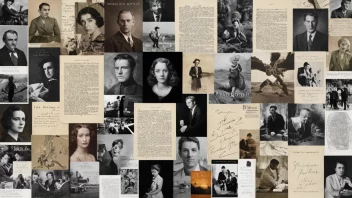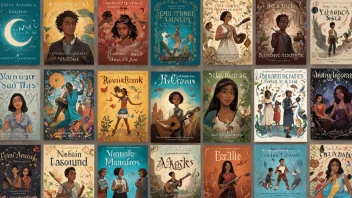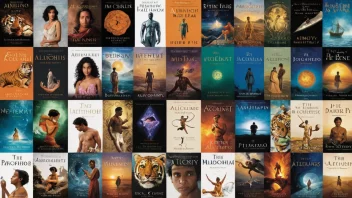Mystery narratives have long captivated readers with their intricate plots and thrilling twists. However, when woven through multiple perspectives, these stories can achieve a depth that single-narrative structures often lack. This article explores how to effectively incorporate various viewpoints into a mystery narrative, enriching the reading experience and enhancing the suspense.
Firstly, selecting the right characters to deliver distinct perspectives is crucial. Each character should serve a specific purpose in the story, whether it’s providing a red herring, insight into the protagonist’s motives, or revealing hidden truths. For instance, a detective, a suspect, and a bystander can each unveil different layers of the mystery, guiding the reader through the plot's complexities.
Secondly, consider how the perspectives intertwine. A well-structured narrative allows these viewpoints to converge at key moments, creating tension and emphasizing conflicting emotions. This technique can reveal biases and limitations of each character, making the reader question the reliability of their narratives. For example, if the detective believes a suspect is guilty based on circumstantial evidence, but the suspect's perspective reveals their innocence, it creates a gripping dynamic.
Moreover, varying the narrative style can enhance the different perspectives. A first-person account can create immediacy and intimacy, while a third-person omniscient viewpoint can provide a broader understanding of the situation. This mix keeps the reader engaged, as they experience the story through diverse lenses.
In addition, pacing is vital when switching between perspectives. Frequent shifts can disorient readers, so it’s essential to establish a rhythm. A chapter or scene dedicated to one character can allow readers to settle into their mindset before transitioning to another perspective. This careful pacing maintains intrigue while ensuring clarity.
Furthermore, thematic elements can be woven into the differing perspectives. Each character may represent a different theme relevant to the mystery, whether it’s betrayal, loyalty, or the quest for truth. By doing this, the narrative can explore complex ideas while keeping readers engaged with the plot.
In conclusion, weaving multiple perspectives into a mystery narrative not only enriches the plot but also deepens character development and thematic exploration. By thoughtfully selecting characters, intertwining their viewpoints, varying narrative styles, pacing shifts, and integrating themes, writers can craft a compelling mystery that captivates readers until the final reveal. Embracing this complexity allows for a more immersive reading experience, inviting audiences to unravel the mystery from various angles.






